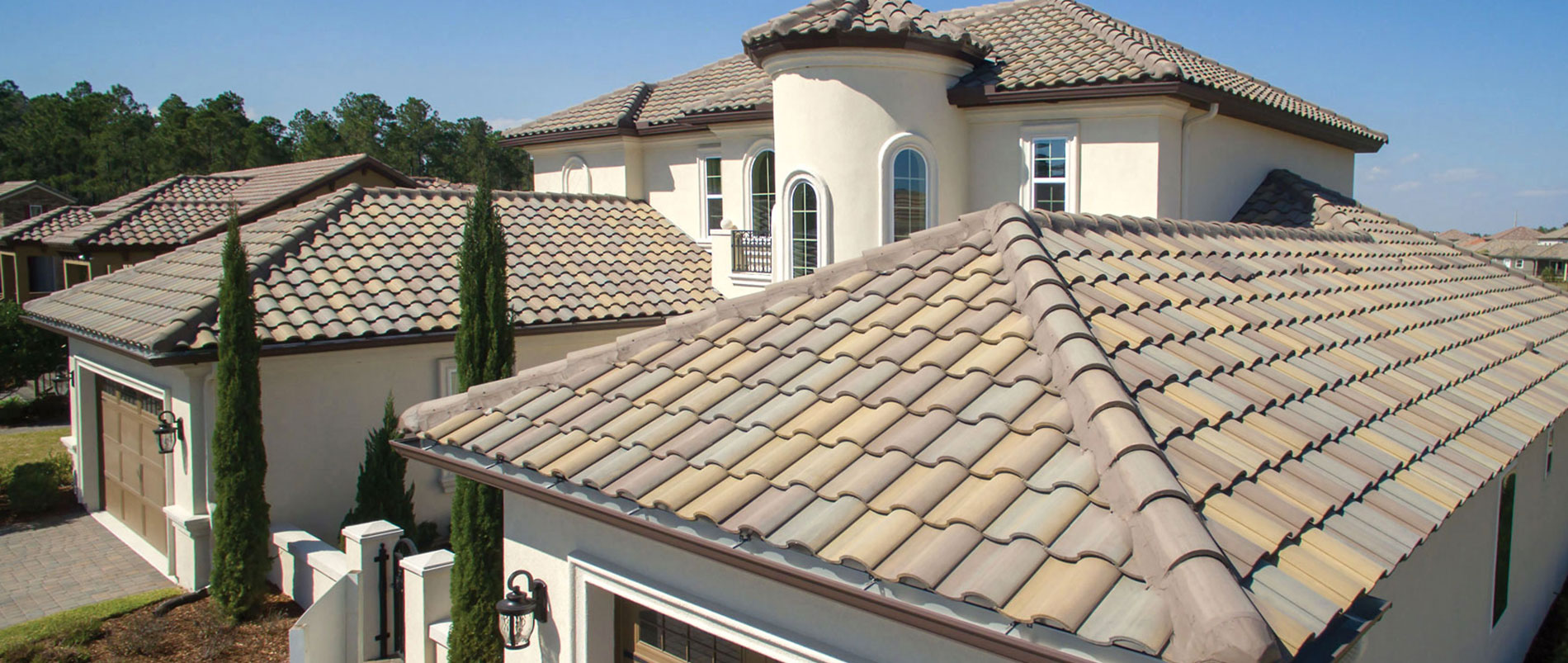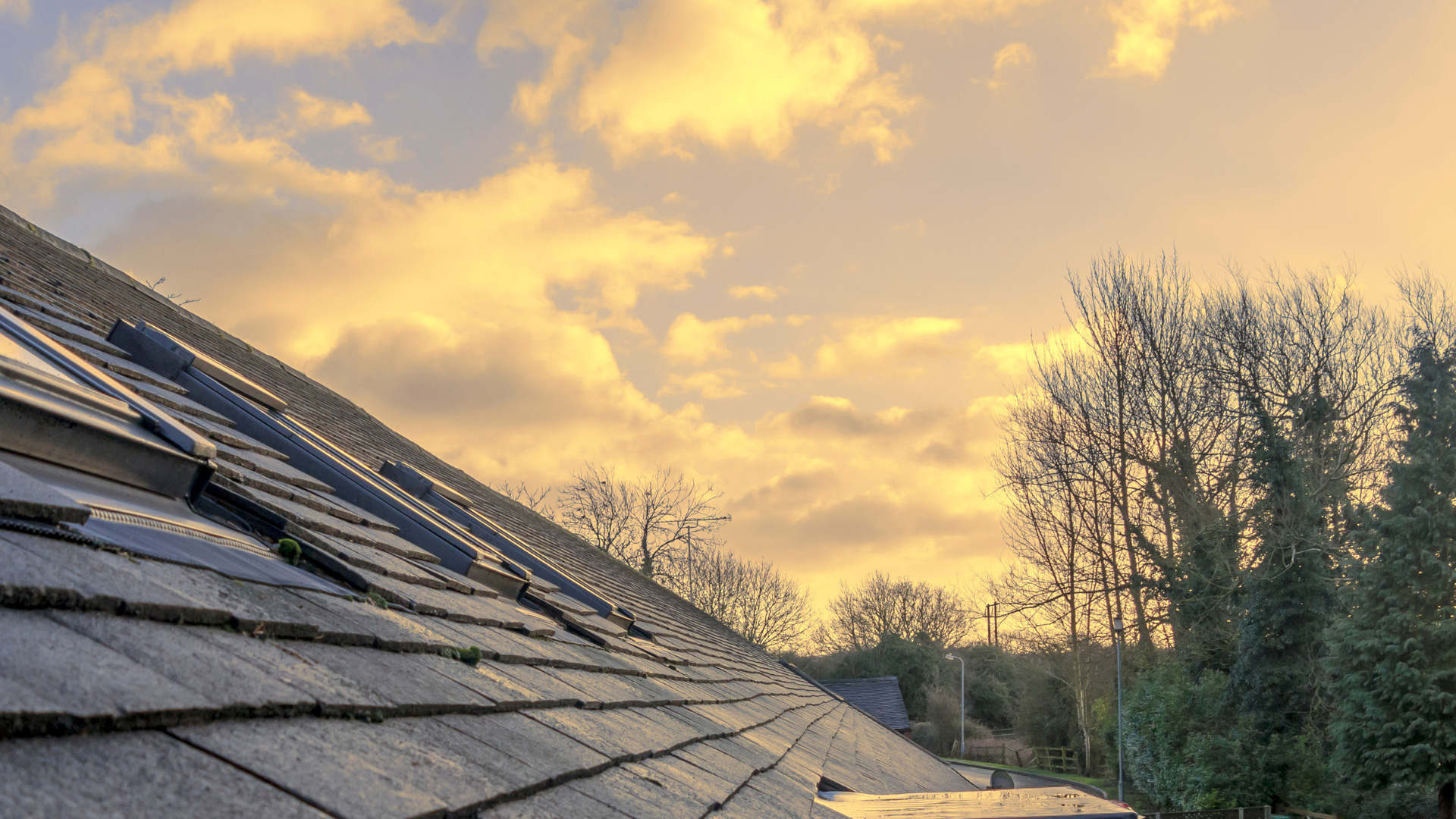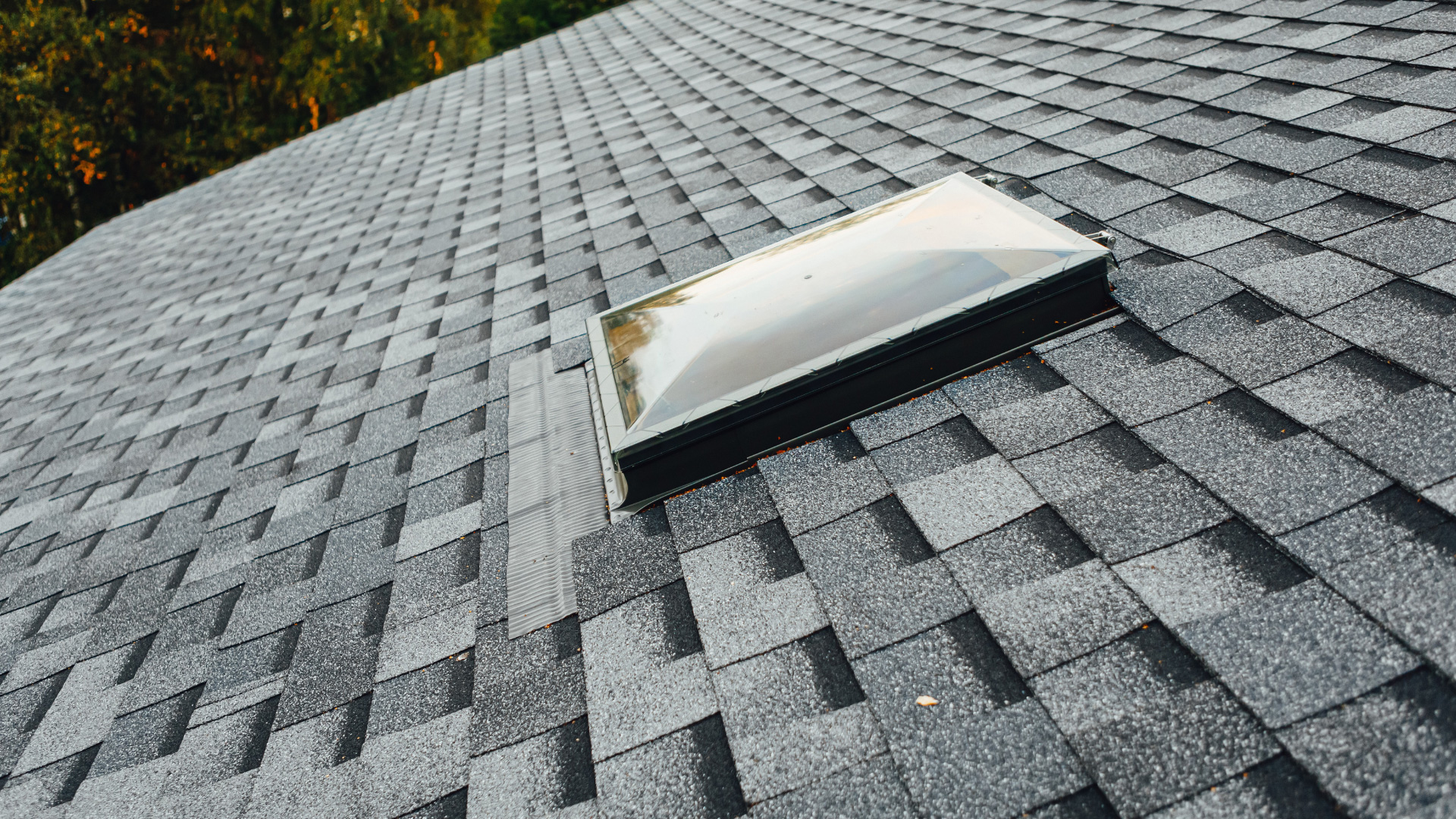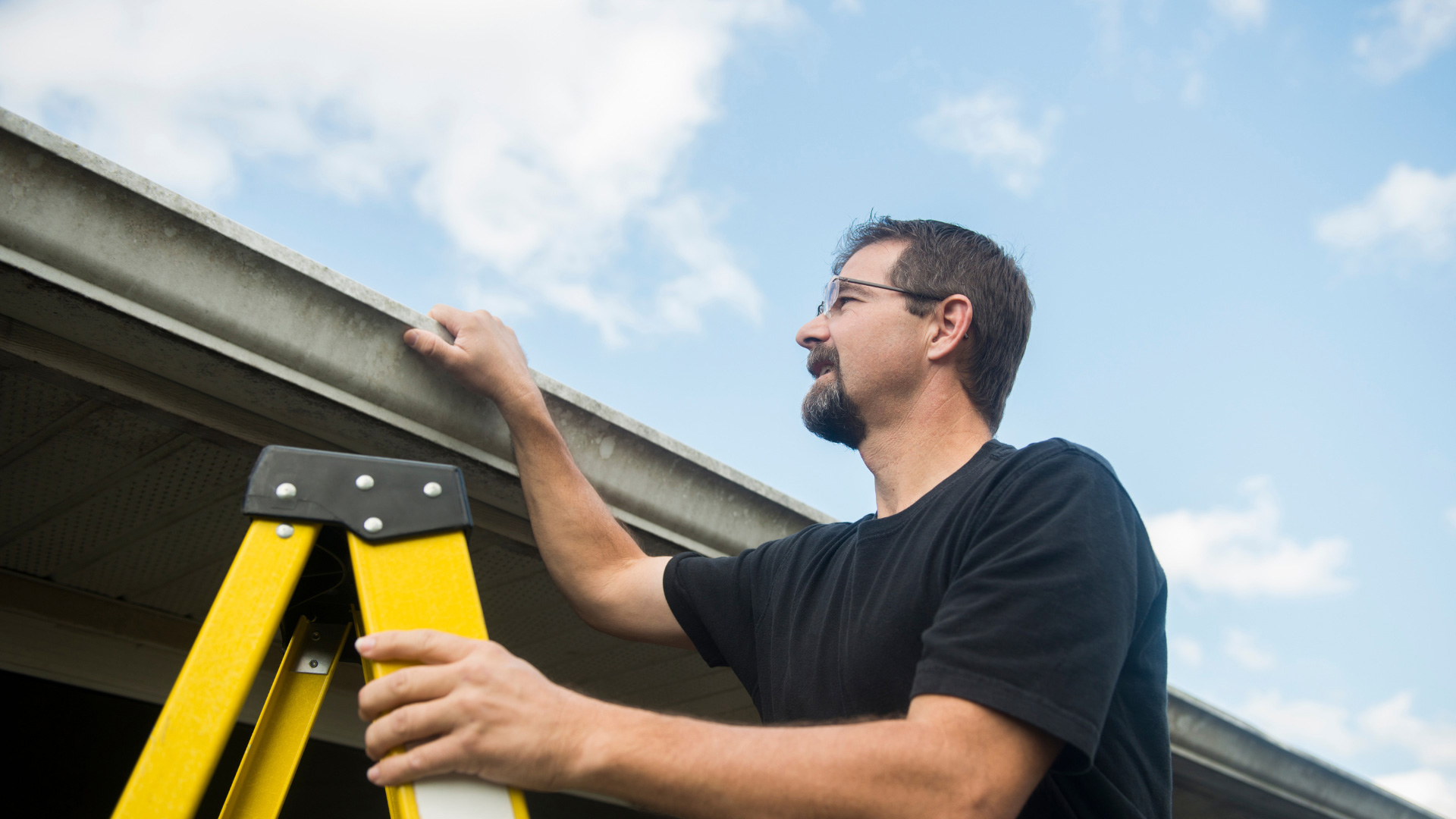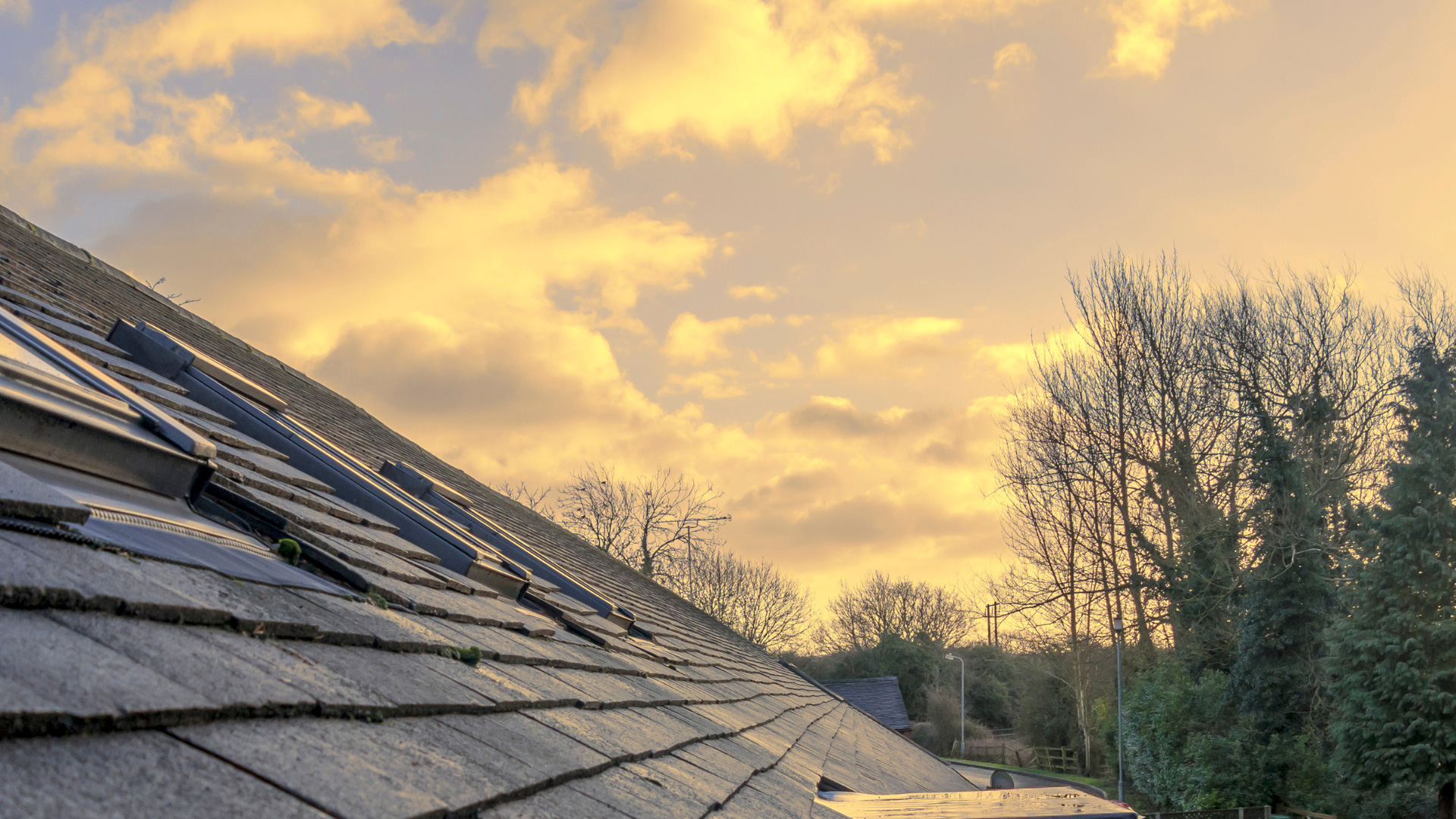Roofs protect you from extreme temperatures, wind, snow, and rain — weather conditions that could do some damage to your personal properties.
Now, when you have an installation error or damage to your roofing sheets, you begin to see brown stains on your ceilings or bubbles beneath ceiling plaster. In the worst cases, you have literal drops of water falling from your ceilings, all pointing to your roofs having leaks.
Here we explain how to fix a leaking roof to avoid that initial discomfort, dangerous mold or mildew growing in your home, or your expensive flooring suffering water damage.

1. Inspect Roofing Sheets
Whether you use shingles or roll roofing sheets, the first thing you want to do is identify the leaking spots in your roof. You may need to wait for the rain to fall or spray water on your roof using a hose to pinpoint these spots. This isn’t enough, however.
To properly gauge the extent of damage your roof has suffered, you may also conduct a direct, careful, and widespread inspection of your sheets. You try to spot curled shingles, cracks on your roofing sheets, or gaps between the sheets.
Climbing onto your rooftop to do this may be dangerous and it’s always best to call in a professional. Not everyone is trained on how to fix a leaking roof and hiring professional contractors even allows you to conduct a more comprehensive inspection of your roofing sheets.
2. Use Roof Sealant
For a rather temporary fix, you can apply roof sealant to the damaged spots on your roof. Also called a flashing, a roof sealant is an adhesive coating typically applied during the installation of your roof. It particularly closes off gaps between your sheets and prevents leaks from happening in the first place.
When you have an installation error, like when the sealant isn’t applied properly, you then expect your roof to leak. What you do is apply the sealant in the right places — the spots where you have identified as the source of the leaks. You apply the sealant beneath curled parts of shingles to straighten them, between sheets to fix installation errors, or onto cracks to seal off leaking gaps.
3. Replace Your Roofing Sheets
For the more permanent fix, the fix that allows you to get rid of leaks for good, you have to replace your roofing sheets. In some cases, you don’t even have any other option than to do this. This is when your roofing sheets look extremely deteriorated or when you have entire sheets missing from your rooftop.
Helping You Fix and Prevent Future Leaks
Replacing your roofing sheets isn’t the most friendly endeavor when it comes to your finances. This is why you need to hire the best contractors for the job — contractors from Solar Optimum that would never give you a reason to spend more on your roofing in the future.
Solar Optimum offers both partial and complete roof replacement services, giving you top-quality asphalt shingle, concrete tile, and clay sheets suitable for both residential and commercial use. Enjoy services that adhere to OSHA safety requirements and some of the best installation warranties in the market. Contact us to get rid of your roof leaks today!

